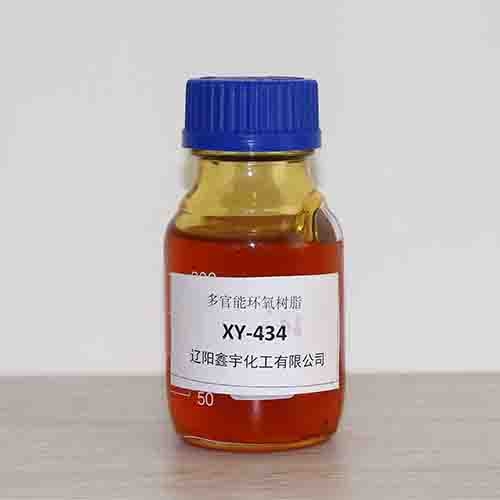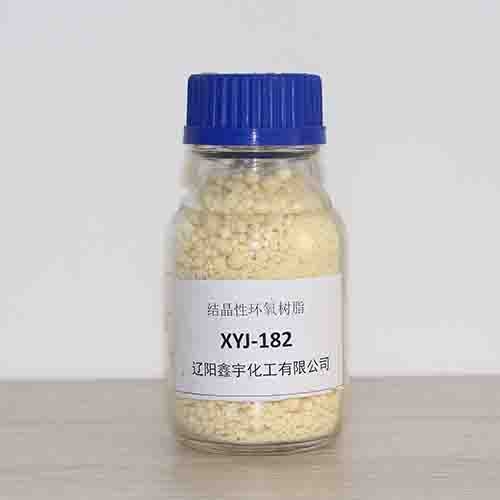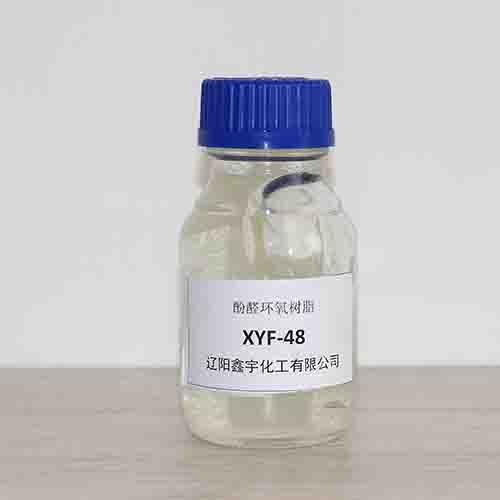Reactive diluent [1] According to the number of reactive groups contained in each molecule, crystalline epoxy resins can be divided into monofunctional reactive diluents and multifunctional reactive diluents. The monofunctional reactive diluent contains only one group in each molecule that can participate in the curing reaction, such as β-hydroxyethyl methacrylate (HEMA). Multifunctional reactive diluent refers to a reactive diluent containing two or more groups in each molecule that can participate in curing reaction, such as 1,6-hexanediol diacrylate (HDDA). The use of monomers with more functional groups can not only increase the reactivity, but also impart a cross-linked structure to the cured film. This is because, after the polymerization of monofunctional monomers, only linear polymers can be obtained, while multifunctional monomers can obtain a network with a high degree of crosslinking.
According to the curing mechanism, reactive diluents can be divided into two categories: free radical type and cationic type. (Meth)acrylates are typical free-radical reactive diluents, and the curing reaction is carried out by free-radical photopolymerization. Epoxy is a cationic reactive diluent, and its curing reaction mechanism is cationic polymerization. Vinyl ethers can participate in both free radical polymerization and cationic polymerization, so they can be used as reactive diluents for two photocuring systems.
Classification of epoxy reactive diluents





 Your current location:
Your current location: